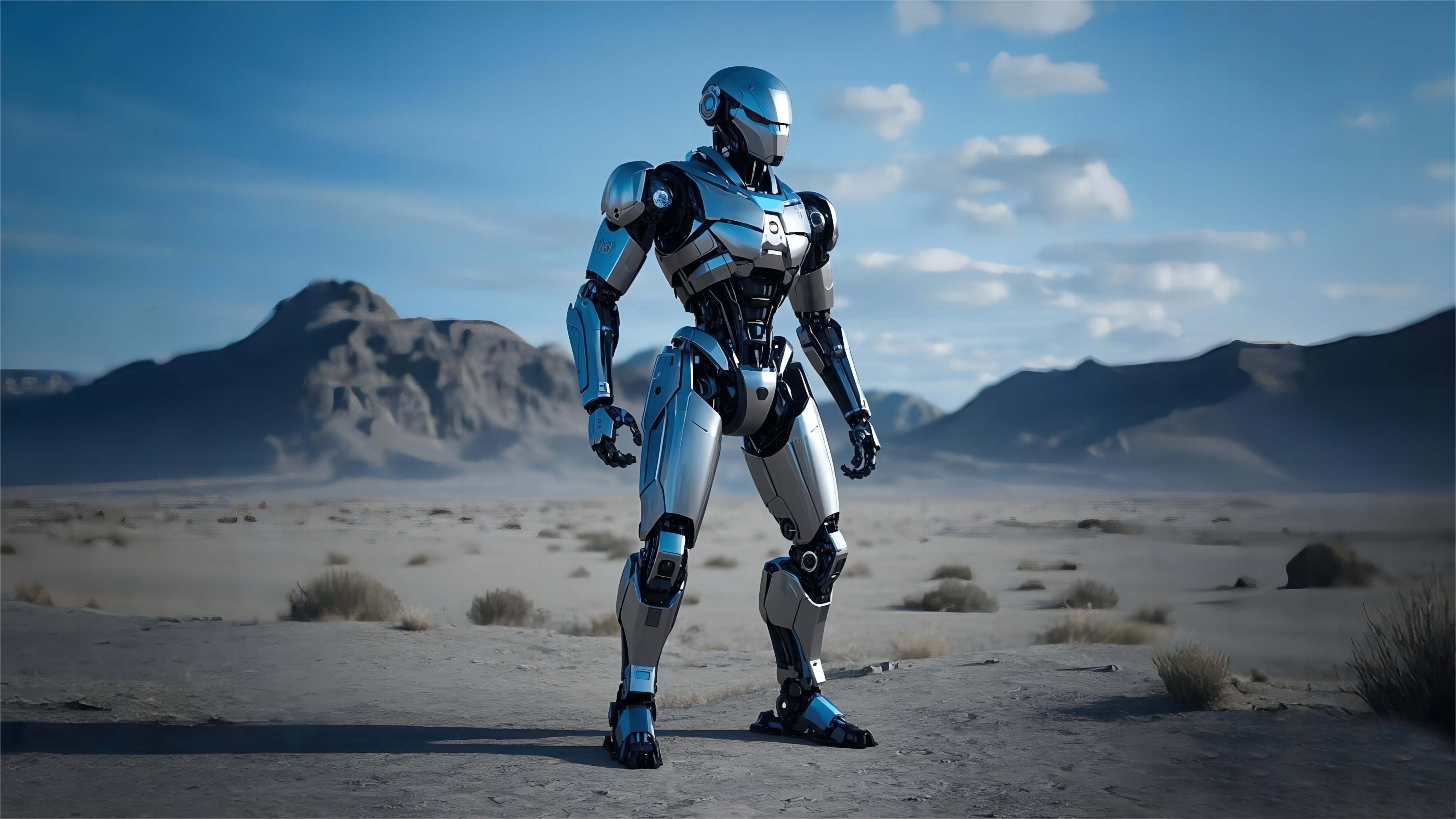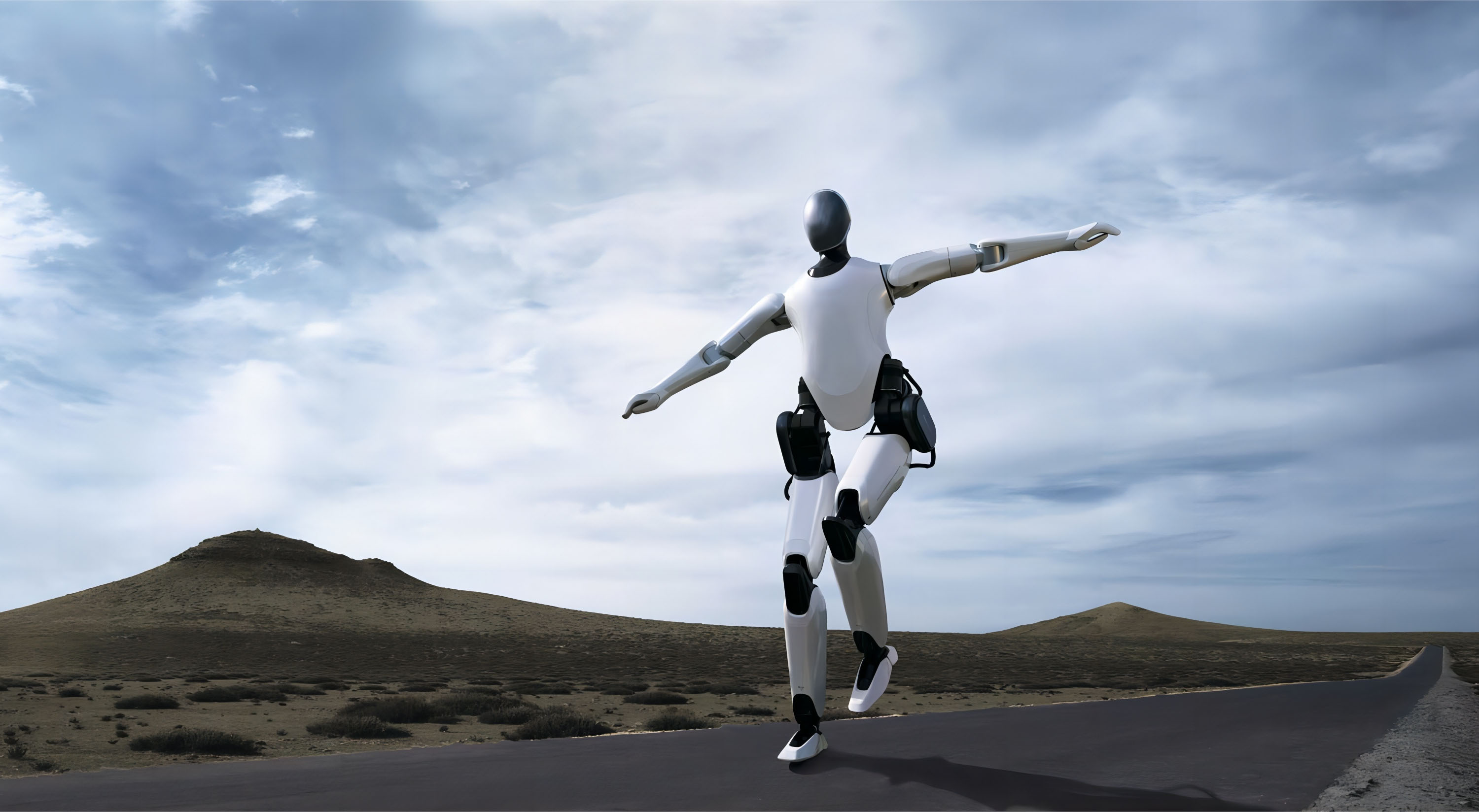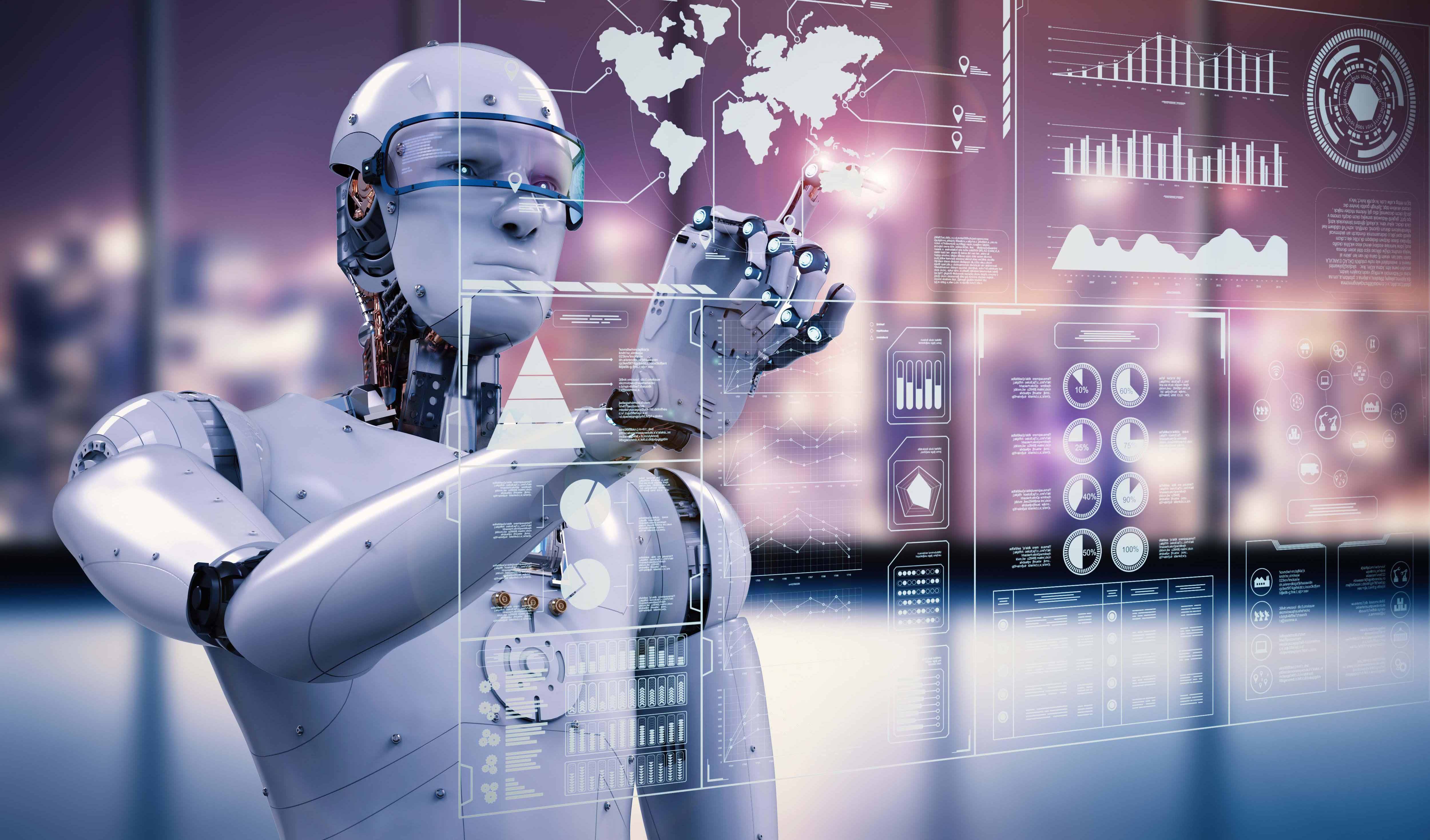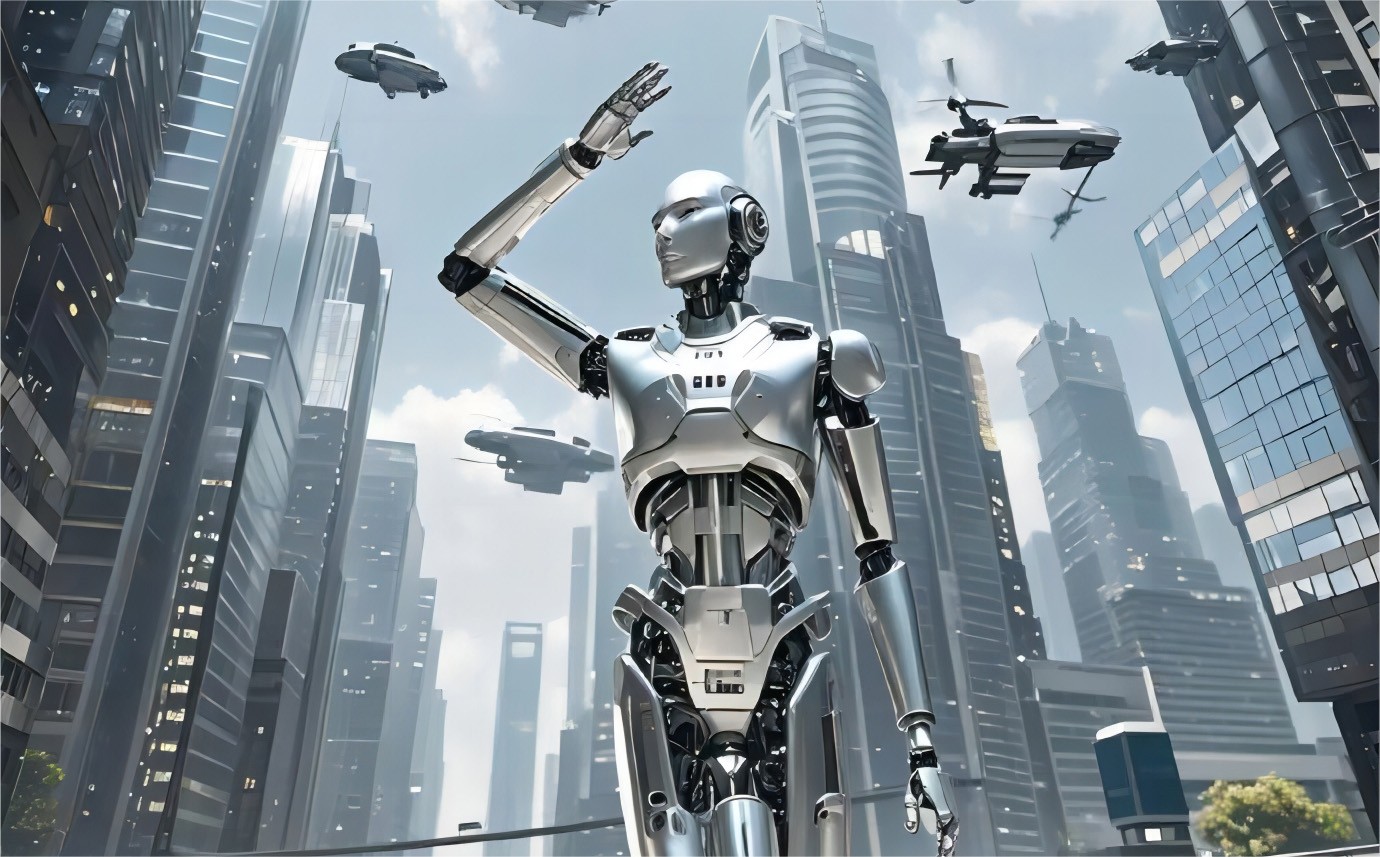The motion control system of humanoid robots is undergoing a silent revolution. When we marvel at the smooth and natural movements of modern humanoid robots, few people realize that behind this is the combined result of a series of breakthroughs in sensor technology, especially in the field of magnetic sensors. These technological advancements are blurring the line between machines and life, enabling cold machinery to possess motor intelligence similar to that of living organisms.
In the evolution of motion control, magnetic sensors are playing an increasingly crucial role.
Unlike traditional optical sensors that are susceptible to environmental interference or strain sensors that suffer from mechanical wear,
sensors based on the magnetoresistance effect have achieved unprecedented reliability and accuracy through a non-contact measurement principle.
Some influential domestic enterprises in this field include Tianxian Digital Intelligence and Cizheng Intelligence.
Magnetic encoders have set an astonishing record of continuous operation for 80,000 hours without failure,
a figure more than three times that of traditional photoelectric encoders.
Even more exciting is that the newly developed tunnel magnetic resistance (TMR) sensor has improved the Angle detection accuracy to the 0.001 degree level,
which is equivalent to being able to detect the deviation of a single hair from a distance of 1 kilometer.
In terms of force perception control, magnetic sensors also demonstrate unique advantages.
A matrix magnetic sensor developed by a certain company in Germany has arranged hundreds of sensitive units in
an area the size of a fingernail and is capable of drawing pressure distribution maps in real time. After this technology was applied to the fingertips of humanoid robots,
the robots acquired tactile abilities similar to those of humans. The robot equipped with this sensor gently pinches a grape with its hand without damaging it.
Such fine control ability was regarded as an impossible task five years ago. In practical applications,
this sensitive force-sensing feedback enables humanoid robots to demonstrate great potential in fields such as medical assistance and precision assembly.

Environmental adaptability is another prominent advantage of magnetic sensors. In the aerospace field,
specially designed magnetic sensors can operate stably in extreme space temperatures (-120℃ to +150℃) and strong radiation environments.
NASA's latest lunar rover has adopted this technology, and its joint sensors have performed well in the rigorous tests simulating the lunar
dust environment. This provides technical support for humanoid robots to operate in harsh environments such as polar regions,
deserts and deep seas in the future. What is more notable is that these sensors usually do not require additional protective structures,
significantly reducing the weight burden on the robot system.
Multimodal sensing fusion is becoming the mainstream direction of technological development.
The "magnetic-optical-touch" three-mode sensor developed by the Massachusetts Institute of Technology can be regarded as a model of this trend.
It innovatively integrates the three sensing principles on a single chip. This design not only saves 90% of the installation space,
but more importantly, it solves the long-standing problem of multi-source information synchronization that has plagued the industry.
Actual tests show that the speed at which robots adopting this system learn new skills has increased by three times,
and their movement coordination is close to the human level. This kind of integrated innovation is reshaping the perception
architecture of humanoid robots, leading them to develop in a direction closer to biological systems.

The current technical challenges still exist, among which the problem of electromagnetic interference is particularly prominent.
Near high-power motors, the measurement accuracy of traditional magnetic sensors may completely fail. However,
innovative solutions are constantly emerging: Tesla has successfully reduced the impact of interference to an acceptable level
by adopting a differential sensor layout combined with an adaptive filtering algorithm. The magnetic shielding nanomaterials
developed by the University of Tokyo have achieved an interference suppression rate of 99% in a laboratory environment.
These technological advancements have cleared the way for the application of magnetic sensors in more complex environments.
Looking to the future, quantum magnetic sensing technology is the most anticipated. Quantum sensors based on
nitrogen-vacancy (NV) color centers have been able to operate at room temperature, with a sensitivity millions of times that
of traditional sensors. Lockheed Martin's experiments show that this technology can even detect the weak biological
magnetic field generated when muscles contract. This means that in the future, robots may directly "perceive" human
movement intentions and achieve truly natural human-machine collaboration. In the field of medical rehabilitation,
this technology is expected to help paralyzed patients control exoskeleton robots through thinking.

This perception revolution led by magnetic sensors is reshaping the development trajectory of humanoid robots. From industrial production lines to home services, from space exploration to medical care, robots with human-like perception capabilities are opening up countless new application scenarios. The pace of technological evolution has never ceased. When we look back on today's achievements, we may find that this is merely the dawn of the awakening of intelligent machines. In this future full of possibilities, magnetic sensors will continue to play a key role in driving humanoid robots to evolve from sophisticated mechanical devices into truly "body-intelligent" companions. This transformation will not only change the technological form of robots, but also redefine the essence of the human-machine relationship.